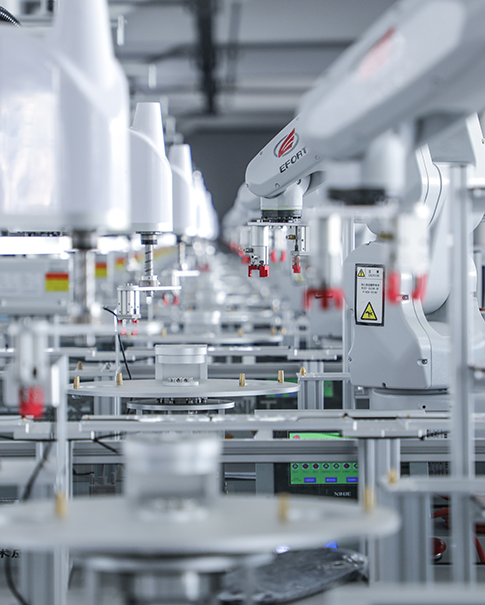AI-Enabled PLC Programming: The Engine of a New Era of Intelligent Automation
The Rising Role of AI in Industrial Automation
In recent years, Artificial Intelligence (AI) has emerged as a transformative force across multiple industries, with its impact on industrial automation being particularly profound. The integration of AI into Programmable Logic Controllers (PLC) is gradually breaking through the limitations of traditional industrial control, leading manufacturing enterprises toward smarter and more efficient operational models.
As production demands continue to evolve, traditional PLCs face challenges such as slow response times and lack of flexibility. The introduction of AI not only enhances the response speed and adaptability of PLC systems but also ushers in a qualitative change from "passive control" to "active optimization".
AI Makes PLC Systems Smarter and More Flexible
Traditional PLC systems rely on engineers manually writing fixed logic programs, which struggle to cope with complex or frequently changing production environments. AI, however, endows PLCs with "thinking capabilities"—through data learning and pattern recognition, enabling PLCs to dynamically adjust logic based on actual operating conditions.
For instance, once integrated with AI, the system can predict failures based on real-time data, optimize parameter settings, reduce downtime, and achieve energy consumption optimization and product quality tracking. This means that PLCs are no longer just "controllers" but have become the "decision-making brains" of the production process.
Global Leading Enterprises Lead the AI + PLC Innovation Wave
Several global automation giants have already deeply integrated AI functions into their PLC systems, driving the entire industry toward higher levels of intelligence:
-
Siemens launched the "Industrial Copilot," which uses generative AI to assist engineers in generating PLC code, reducing development time and error rates.
-
B&R Automation partnered with Microsoft to introduce natural language programming capabilities into its Automation Studio platform, making code development more intuitive and efficient.
-
Beckhoff developed the TwinCAT Chat tool, leveraging large language models (such as ChatGPT) to assist developers in quickly writing, optimizing functional block code, and generating technical documentation.
These innovative initiatives not only improve PLC programming efficiency but also lower the entry barrier for engineers, accelerating the process of industrial intelligence.
AI Drives Engineers' Role Transformation and Creates More Value Space
Will the advent of AI replace engineers? The answer is no. Although AI excels at executing repetitive logic programming and data analysis tasks, engineers remain irreplaceable in several areas:
Complex Task Resolution: Industrial sites often encounter numerous non-standard scenarios that require engineers to make rapid adjustments based on experience, judgment, and on-site feedback.
-
Equipment Installation and Maintenance: AI cannot yet replace human physical operations and maintenance.
-
System Optimization and Innovation: Engineers can leverage AI tools to focus more on high-value tasks such as process innovation, quality improvement, and energy conservation.
In other words, AI serves as an "accelerator" for engineers rather than a "replacement." Engineers who are adept at using AI will possess stronger competitiveness and broader development prospects.
Chinese Enterprises Embrace the AI Wave.Not only international companies but also Chinese industrial automation vendors are actively integrating AI into their PLC systems. For example:Zhongkong Technology has integrated an AI programming assistant into its SCADA system, significantly enhancing development efficiency by aiding code generation.Dongtu Technology and other vendors are embedding AI technologies into edge computing devices and control systems to create smarter industrial communication and control platforms.
These practices demonstrate that the application of AI in Chinese manufacturing is not only feasible but also holds tremendous potential, injecting new momentum into industrial upgrading.
Conclusion: AI + PLC, Building the New Cornerstone of Intelligent Manufacturing
AI is becoming a key driving force for the transformation of PLC programming and industrial automation. From improving code development efficiency and reducing error rates to enabling real-time data-driven production decision-making, AI brings unprecedented efficiency gains and flexibility to enterprises.
The future smart factory will no longer be a standalone "control system" but a collaborative network driven by both AI and human intelligence. The partnership between engineers and AI will build a smarter, more efficient, and reliable industrial ecosystem. Now is the optimal time for enterprises and engineers to embrace AI and step into the future of intelligent manufacturing.
 Network Supported
Network Supported